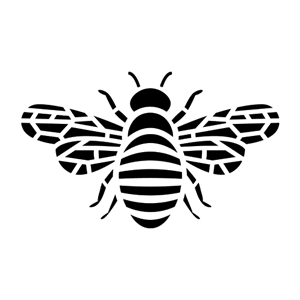14 December: the Montgolfier Brothers accomplished their first hot air balloon flight on this day in 1782
The first person to sketch the concept for aerostatic navigation actually lived a hundred years earlier: it was in 1670 that a Jesuit priest called Father Francesco Lana devised a vacuum airship that was lighter than air. Fr. Lana wrote that should there be improvements to his intuition, he would be happy to accept them – yet at the same time he hoped God would leave his imagination where it was: what a disturbance the landing of foreigners in city squares would cause! Nor did the Inquisition let him – or a Spanish colleague of his who also tried about a century later – get away with it … “Anyone who is familiar with it will recognize that Mr. Edison’s lightbulb is a clear failure.” These words, spoken in 1880 by Henry Morton, President of the Stevens Institute of Technology, are emblematic of the sort of prejudices inventors often encounter. Here’s how an idea travels through time: everything is fine at take-off, but will the landing be just as smooth? Times must be ripe for ideas to fly. Name Day: St John of the Cross
